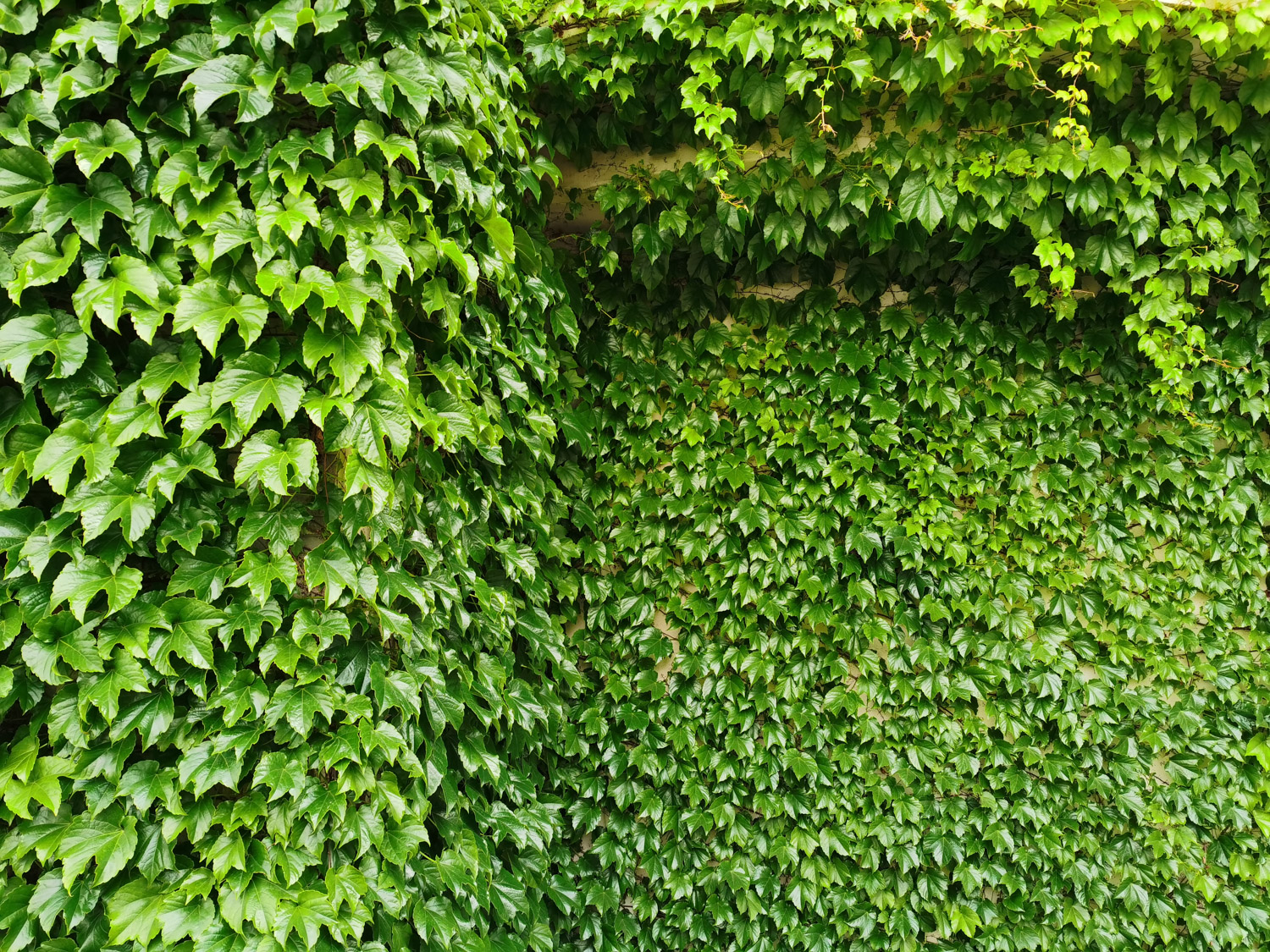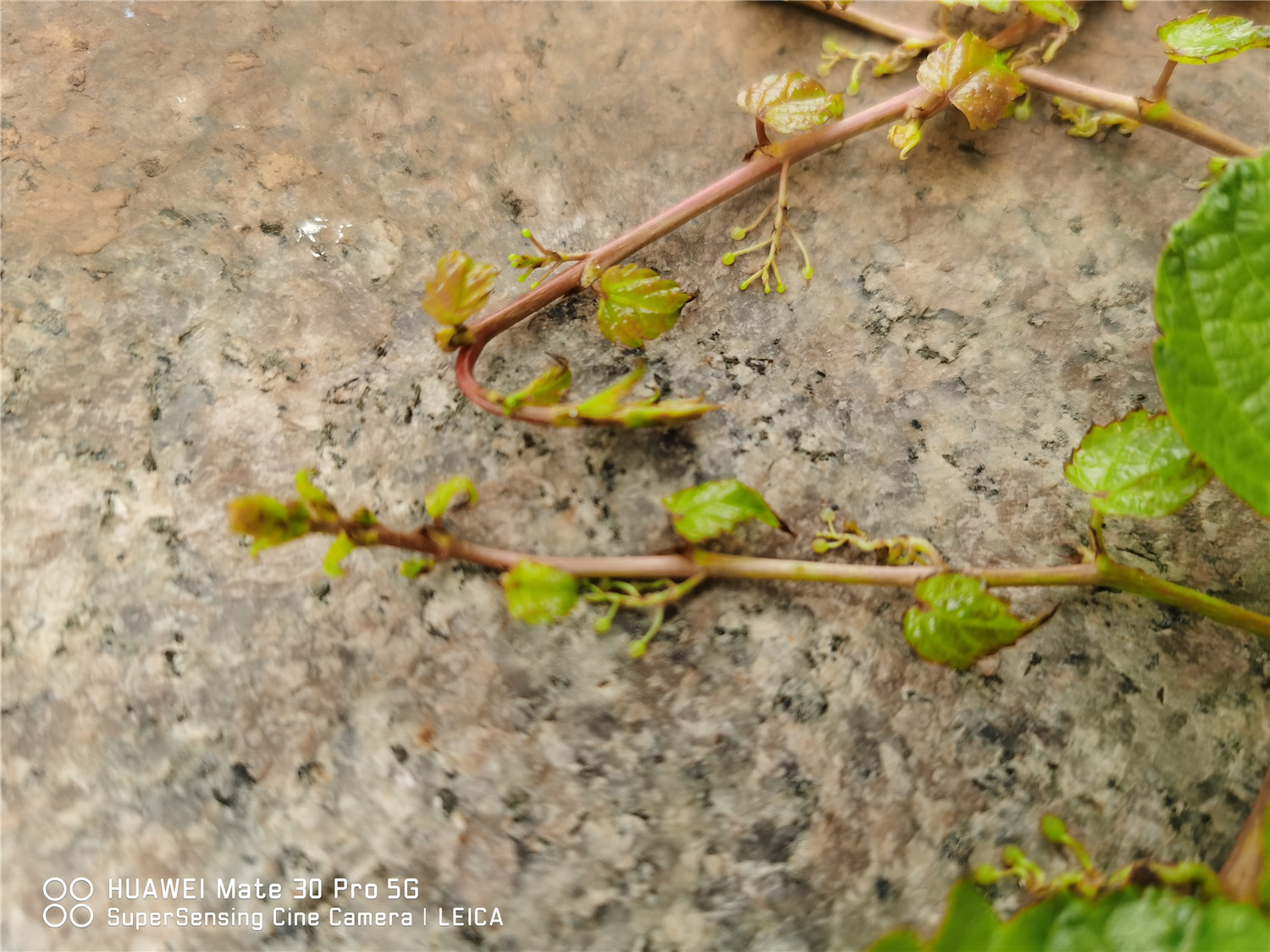1、 Parthenocissus
Parthenocissus, also known as Parthenocissus, belongs to the genus Euphorbia in the grape family. It blooms in summer, with small petals and yellow green color. It is common to climb on walls or rocks. Its flowering period is in June and its fruiting period is generally from September to October. It originated in the east of Asia, the Himalayas and North America, and then was introduced all over the world. Because of its high ornamental, it is now widely used in daily greening

2、 Characteristics
1. Appearance features: it is a vine with strong climbing ability. Creeper branches have tendrils and sticky suction cups at the top, so they can be adsorbed on walls, trees and rocks. The leaves are green and glabrous, and turn red in autumn
2. Growth habit: it has strong adaptability and can adapt to various growth environments. It likes shade and bears cold, has strong adaptability to soil and grows very rapidly

3、 The appearance of Parthenocissus
1. Southeast Parthenocissus: the leaves have 5 leaflets in cymes. The producing areas are mainly distributed in Fujian, Guangdong and other provinces in China
2. Parthenocissus: the young branches are quadrangular. Young leaves are green, with white spots or purple on the back. Inflorescence paniculate. It is mainly distributed in Hubei and Shaanxi
3. Parthenocissus trifoliata: the leaves have 5 leaflets in cymes. Mainly produced in Sichuan, China
4. Parthenocissus quinquefolia: the young branches are cylindrical, and the leaves have 5 leaflets. The flowering period is from June to July and the fruiting period is from August to October. It is mainly produced in Central America and cultivated in Northeast and North China
5. Pink Parthenocissus: the edge of the leaf is pink, so it is called pink Parthenocissus. Its fleshy leaves are thicker than other varieties. Mainly produced in East China and other places


 jackfruit
jackfruit snake plant
snake plant hibiscus
hibiscus hydrangea
hydrangea lavender
lavender Green roses climb al...
Green roses climb al... If you don't pay att...
If you don't pay att... Management of four g...
Management of four g...
































